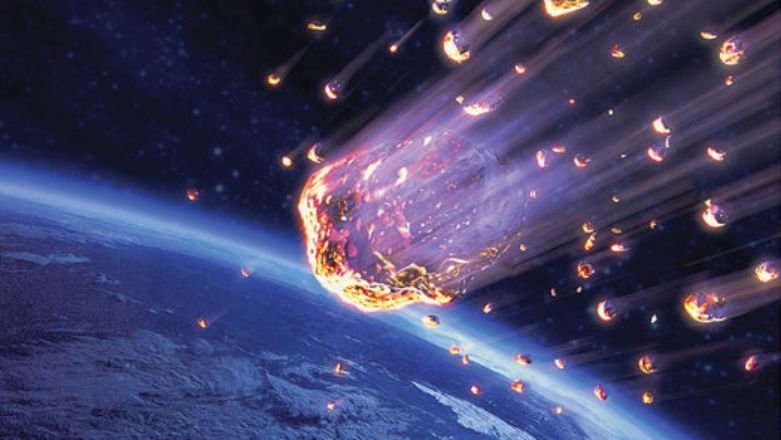The night sky, adorned with stars, holds occasional celestial performances that captivate observers and spark the imagination. Meteor showers and shooting stars are two such dazzling spectacles that draw people outdoors in anticipation of nature’s own cosmic fireworks. Join us as we explore the magic of meteor showers, the science behind shooting stars, and the thrill of witnessing these celestial events.
Meteor Showers: Celestial Rainstorms
1. The Meteoroid Trail
Meteor showers occur when Earth passes through the debris left behind by comets or asteroids, resulting in a flurry of meteors streaking across the sky. These celestial displays are named after the constellation from which they appear to radiate, such as the Perseids or the Geminids.
2. Annual Celestial Events
Several meteor showers grace our skies throughout the year, each with its own unique characteristics. The Perseids, observed in August, are one of the most well-known showers, producing bright and fast meteors that leave luminous trails.
Shooting Stars: Tales of Falling Stars
1. What Are Shooting Stars?
Contrary to their name, shooting stars are not stars at all but meteoroids—small rocks or particles—that burn up upon entering Earth’s atmosphere. The intense heat generated during this atmospheric entry creates the bright streaks of light we see, commonly referred to as shooting stars.
2. Wishes Upon Falling Stars
The tradition of making wishes upon a shooting star has deep cultural roots. The fleeting and ephemeral nature of these celestial events has inspired stories, myths, and superstitions across various cultures, creating a sense of wonder and reverence for the night sky.
Meteor Showers and Celestial Viewing Tips
1. Dark Sky Locations
To maximize the experience of a meteor shower, choose a location away from city lights. Dark sky locations provide optimal visibility, allowing you to witness the full brilliance of the meteors against the backdrop of the night sky.
2. Patience is Key
Meteor showers are natural phenomena, and their intensity can vary. Patience is essential; it may take time for your eyes to adjust to the darkness and for the shower to reach its peak activity. A reclining chair and blankets add comfort to your celestial viewing experience.

Photographing Meteor Showers: Tips and Techniques
1. Camera Settings
Capturing the beauty of a meteor shower requires some basic knowledge of photography. Set your camera to a high ISO, use a wide aperture, and choose a long exposure to capture the trails of meteors. A sturdy tripod is essential for stability.
2. Timing and Framing
Start photographing well before the peak of the meteor shower to allow your camera’s sensor to adjust to the darkness. Experiment with different compositions, including landmarks or constellations, to add context to your images.
Upcoming Meteor Showers: Mark Your Calendar
1. The Perseids (August)
The Perseids, associated with the comet Swift-Tuttle, peak in August and are known for their bright meteors and frequent activity. This shower is a favorite among skywatchers and offers excellent viewing opportunities.
2. The Geminids (December)
The Geminids, one of the most reliable and active meteor showers, peak in December. With slow-moving and colorful meteors, this shower is a fantastic way to close the year with a celestial spectacle.
Meteor Showers: A Cosmic Ballet
1. Scientific Contributions
Meteor showers not only enchant observers but also contribute valuable data to scientists. Studying the composition and behavior of meteoroids provides insights into the formation and evolution of our solar system.
2. Community and Cultural Connections
Meteor showers have a unifying effect, bringing people together to marvel at the wonders of the universe. They inspire a sense of shared awe and curiosity, fostering a connection between individuals and the cosmos.
Conclusion
Meteor showers and shooting stars offer a celestial ballet that connects us to the vastness of the universe. Whether you’re a seasoned stargazer or a newcomer to the wonders of the night sky, the beauty and magic of these cosmic events are accessible to all. So, grab a blanket, find a dark spot, and gaze upward as nature’s own light show unfolds—a reminder of the awe-inspiring spectacle that awaits us in the boundless expanse above.

